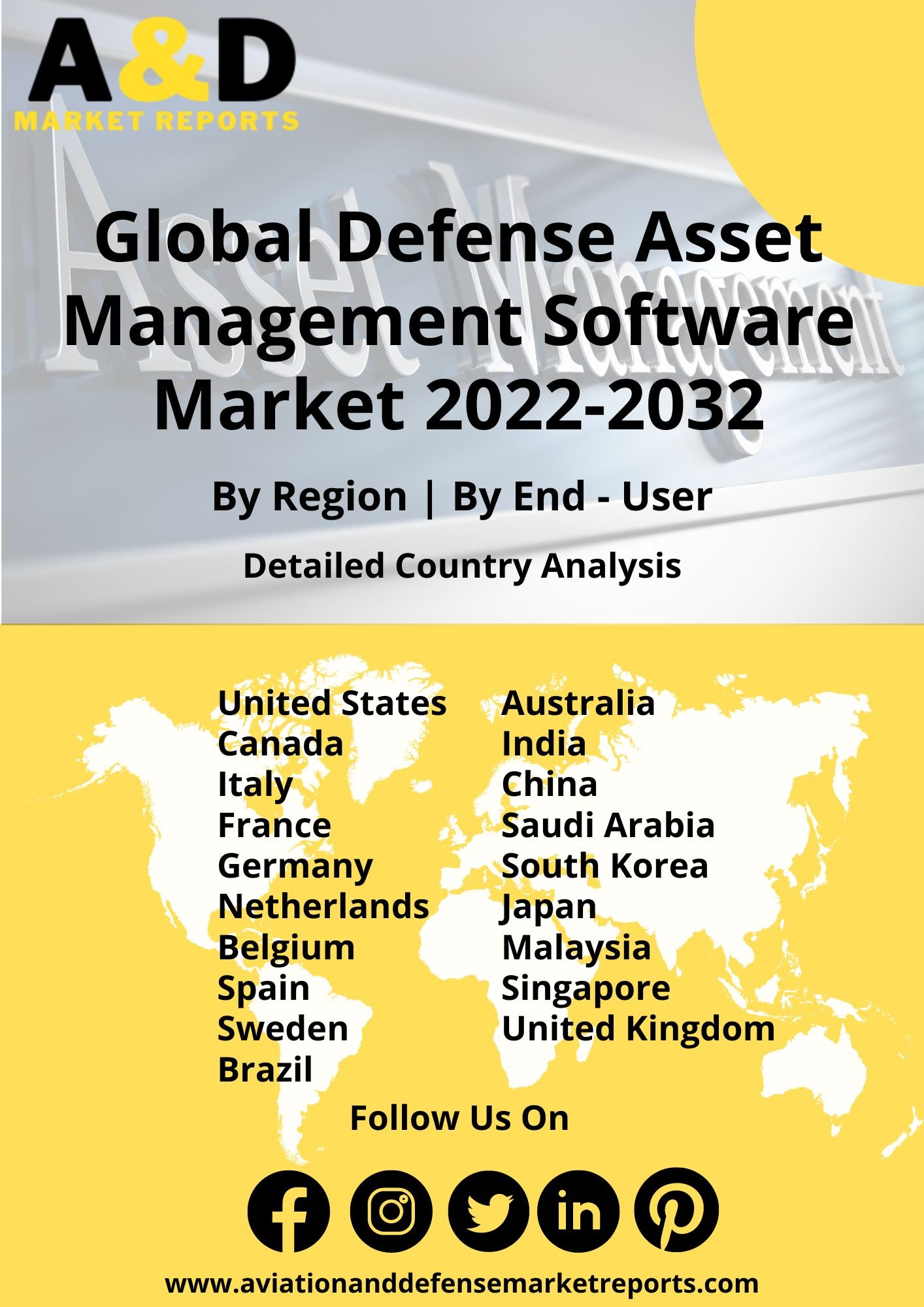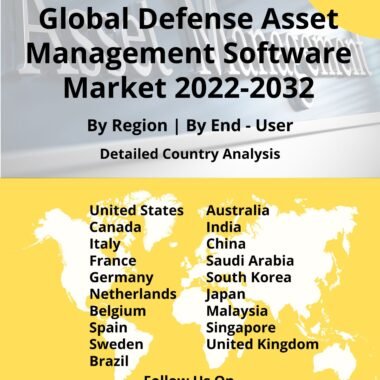Description
Defense Asset Management Software Market
Frequently Asked Questions of Defense AMS Market
Tracking operational readiness in real-time for fleet availability by service levels. Provides defense-specific tracking metrics. Configuration Management enables the easy tracking of As-Built Configuration, Allowable Configuration, and Actual Configuration for complex assets with multi-level subassemblies. Allows for rapid switching between configurations based on mission needs. Maintenance employees can submit work and complete electronic sign-offs using a native mobile app with offline capability, paving the road for paperless operations. Flexibility to synchronize data on demand based on available connections. Full visibility into the project life cycle is provided through an integrated accounting module and contract structure. Accounting compliance aids in automating invoicing, improving cash flow, tracking earned value, and increasing profitability.
Defense Asset Tracking increases asset, event, incident, and exhibit lifecycle management. Reducing backlogs through automated workflows and job routing to appropriate service providers, as well as integrating with a variety of systems such as command, dispatch, LIMS, ERP, warehouse, and others. By integrating and exchanging data across departments, you can achieve overall government outcomes. Asset management system solutions are simple to set up and provide unrivaled scalability. That is, you can design a custom asset management system that adapts to changing needs.
This asset management software ensures that supplies are delivered on time, allowing greater protection to be provided to the troubled area. This is useful when transporting valuable assets from one location to another. Because these asset management software track effectively. It tracks freight, containers, and other items secure them, and provides extensive visibility. It is possible to predict when supplies will be delivered.
This next generation of logistics systems will optimize assistance through probabilistic techniques and have the potential to interact dynamically with in-service support solutions. It also has workforce scheduling and planning features designed to respond in real-time to real-world occurrences. Technology will increasingly be leveraged to build an environment that allows users to accomplish their jobs better while minimizing solution overheads and delivering the always-important feedback loop. Advanced equipment requires an advanced strategy for asset procurement, asset management, and asset ownership. Because asset availability is mission-critical, defense departments will continue to welcome new technical breakthroughs.
Major factors driving Defense Asset Management Software Market Growth
Full visibility into the project life cycle is provided through an integrated accounting module and contract structure. Accounting compliance aids in automating invoicing, improving cash flow, tracking earned value, and increasing profitability. This is one of the key market trends that will drive the growth of the market.
Trends influencing the Defense-Asset Management Software Market Size
Artificial Intelligence (AI), Machine Learning (ML), Blockchain, and Cloud Computing are some of the key market trends impacting market growth. The Internet of Things (IoT) refers to things that are embedded with electronic applications/software. These gadgets include sensors or the capacity to connect and exchange data. IoT connects them, allowing them to share data and communicate with one another. IoT will also be one of the key technological market trends that will influence the growth of the market.
Defense-Asset Management Software Market Forecast & Dynamics
Increasing demand for accountability and asset tracking will drive the growth of the defense asset management market analysis. Increasing defense spending will also work as a catalyst for the adoption of asset management software and the implementation of technologies such as IoT. The defense asset management software market forecast includes a comprehensive market analysis and market size. The market analysis includes regional market size, drivers, restraints, and opportunities. The regional analysis also includes country-wise market size.
Defense Asset Management Software Market Analysis for Recent Developments
Stratascorp LLC has been awarded a firm-fixed-price task order for continuous command, control, communications, and computing (C4) afloat operations and sustainment support under a previously awarded firm-fixed-price, indefinite-delivery/indefinite-quantity contract. The contractor will provide technical support services for the various C4 capabilities aboard the Military Sealift Command (MSC) fleet of ships, as well as the operation and maintenance of the MSC Network Operations Centers (MNOC) and future C4 capabilities hosted at the United States Navy Fleet Network Operation Centers (FLTNOCs). Knowledge management, cybersecurity, maintenance and sustainment, modernization, equipment and asset management, MSC MNOC, future FLTNOCs, and training are among the services supplied. Work under this task order will be completed in several places throughout the world by December 31, 2023.
ECS was awarded acontract for $430 million to maintain the US Army Endpoint Security Solution (AESS), which secures up to 800,000 endpoints across the Army’s classified and unclassified networks. ECS will improve endpoint detection and response capabilities while also establishing a unified asset management system.
The global landscape of defense asset management software market growth has evolved, emphasizing efficient resource utilization, maintenance, and strategic decision-making within military organizations. Defense asset management software market size plays a pivotal role in overseeing and optimizing the lifecycle of military assets, including vehicles, equipment, and infrastructure. Advancements in defense asset management software market report include the integration of real-time tracking, predictive maintenance algorithms, and data analytics. These technologies enhance visibility into the status, location, and operational readiness of military assets, enabling proactive maintenance and reducing downtime.
The adoption of cloud-based solutions facilitates centralized data storage, accessibility, and collaboration among military units. This promotes streamlined communication and coordination for optimal asset utilization. Global defense forces prioritize interoperability and standardization to ensure seamless integration of asset management systems across diverse military platforms and organizations. Collaborative efforts aim to establish common standards, enhancing data compatibility and promoting information sharing. The ongoing evolution of defense asset management software in 2023 underscores a commitment to enhancing military readiness, reducing operational costs, and maximizing the effectiveness of defense resources in an increasingly complex and dynamic security environment.







